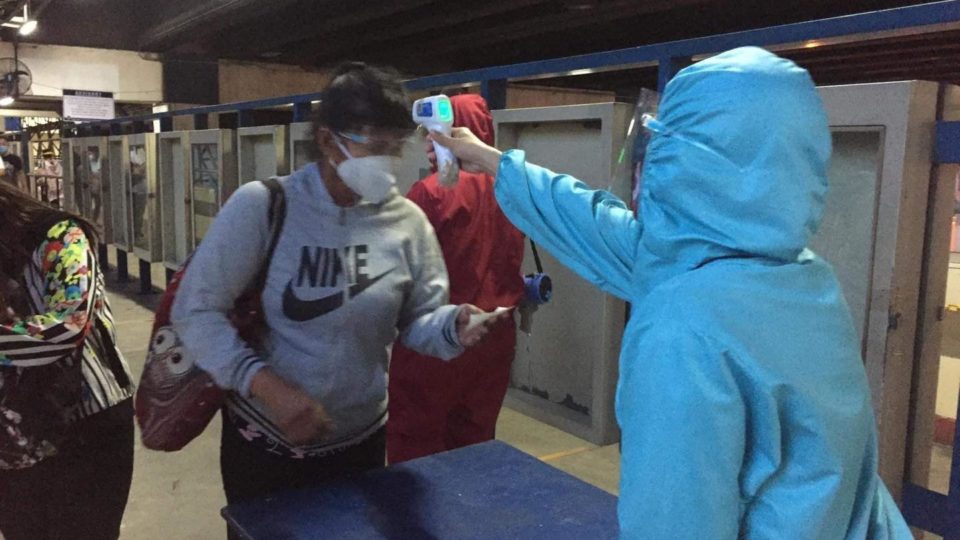A member of the University of the Philippines OCTA research team said today that the Philippines may flatten the curve at the end of this month or in September.
Mathematician Guido David said that the country’s COVID-19 reproductive rate (R0) has slowed down in the past few weeks as a result of the government’s decision to impose the stricter modified enhanced community quarantine over Metro Manila early this month. The National Capital Region, considered the epicenter of the pandemic, has transitioned to the looser general community quarantine, scheduled to end on Aug. 31.
Read: Metro Manila mayors set 8pm to 5am curfew as region goes back to GCQ
Guido said in an interview with ABS-CBN’s Teleradyo that they expect COVID-19 cases to reach 220,000 by the end of August. This is 30,000 lower than their original estimate.
“One week ago we already saw that the trend is slowing down in the entire Philippines, the reproduction number in the National Capital Region has slowed down its R-naught. Now, it’s near one. That means we are going to flatten the curve soon. This means the number of cases is finally becoming fewer so hopefully, this trend continues. Our R used to be 1.5 but now it’s just 1.1,” he said.
The reproductive number measures the number of people a patient can possibly infect. A densely populated area, such as Metro Manila, will have a higher R-number than a place with fewer people. Experts have said that an area should ideally have an R-number that is below 1 because anything higher than that will lead to a significant increase in COVID-19 patients.
In the interview, Guido said that even if the Philippines flattens the curve, it would take about one to two months before the number of cases reaches a “very manageable level.”
“That’s why our efforts [to control the virus] has to be continuous. We cannot be complacent because it may still surge. We have to be careful,” he said.
The Philippines has the most number of COVID-19 cases in Southeast Asia, with 189,601 recorded as of yesterday, including 131,367 recoveries and 2,998 deaths.




